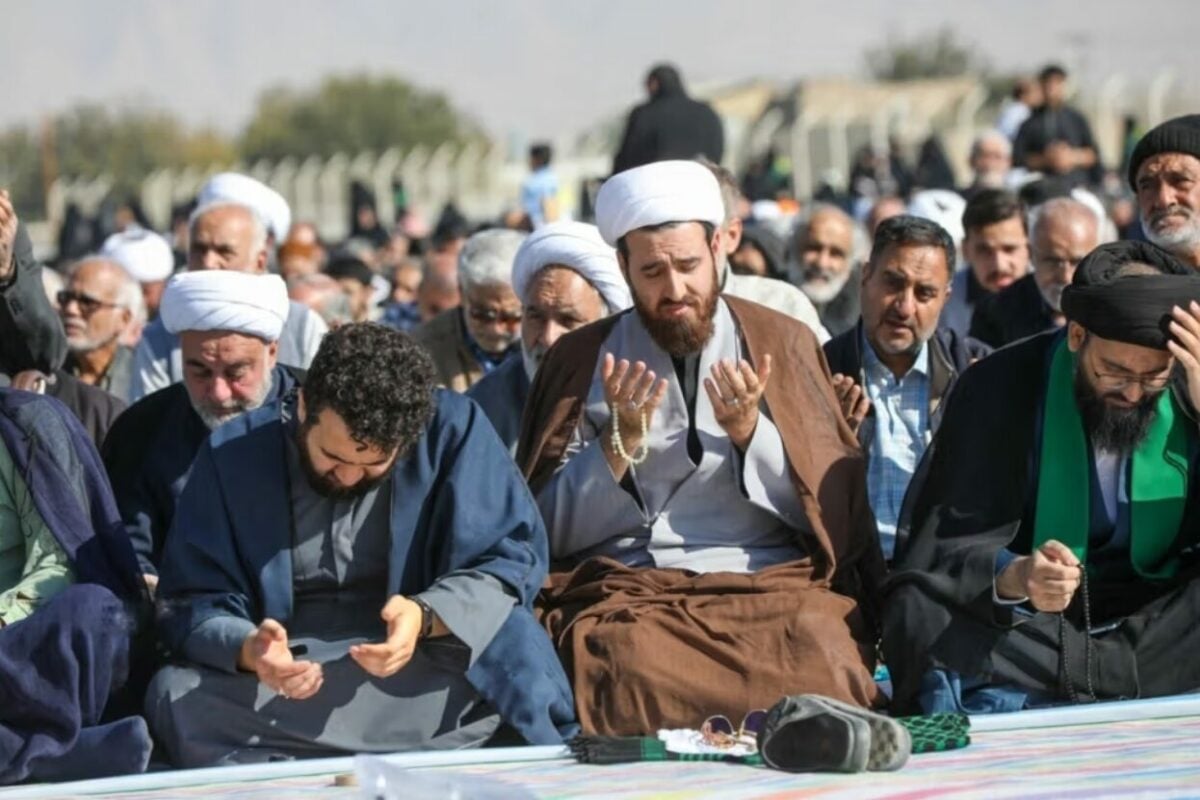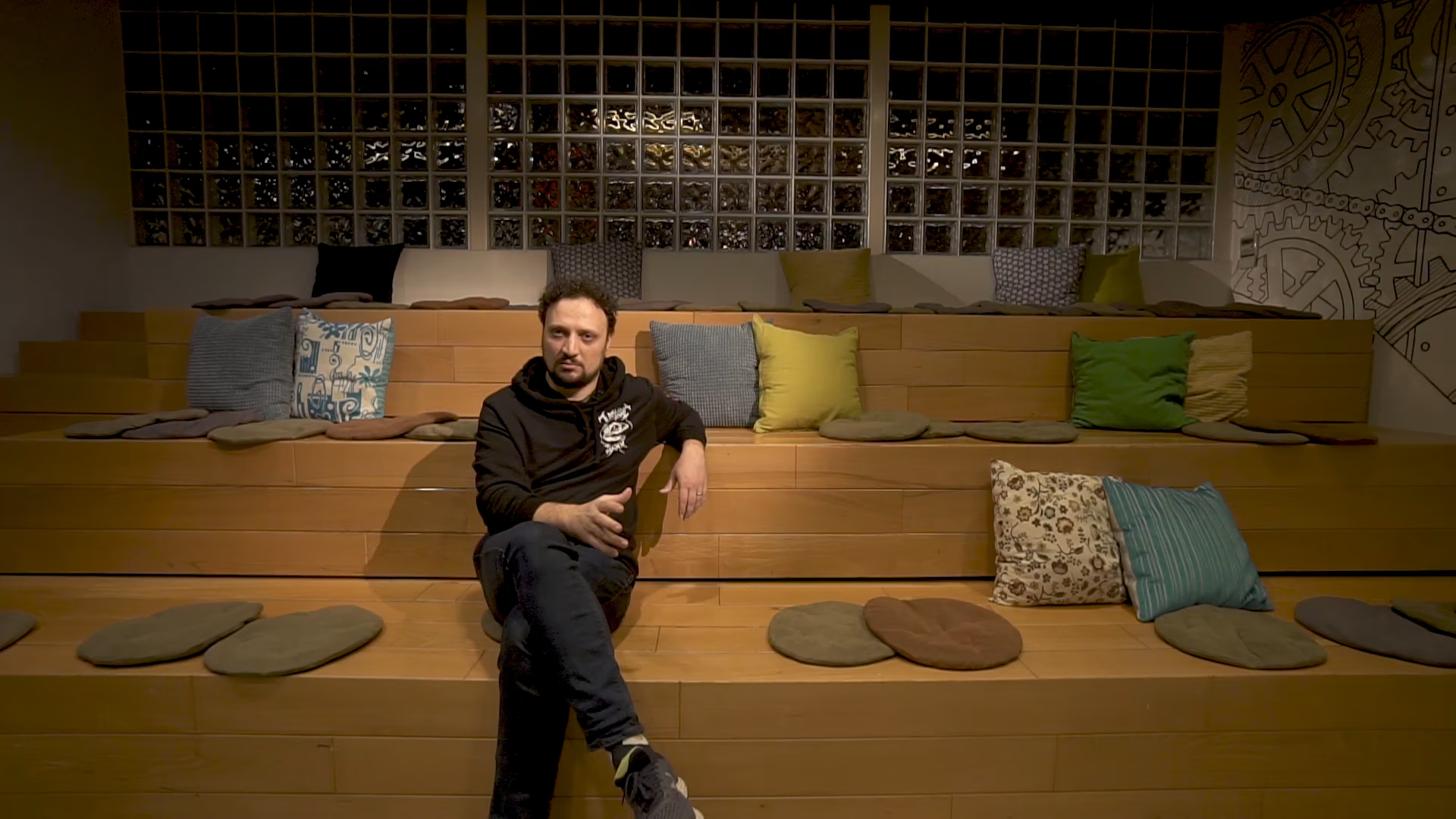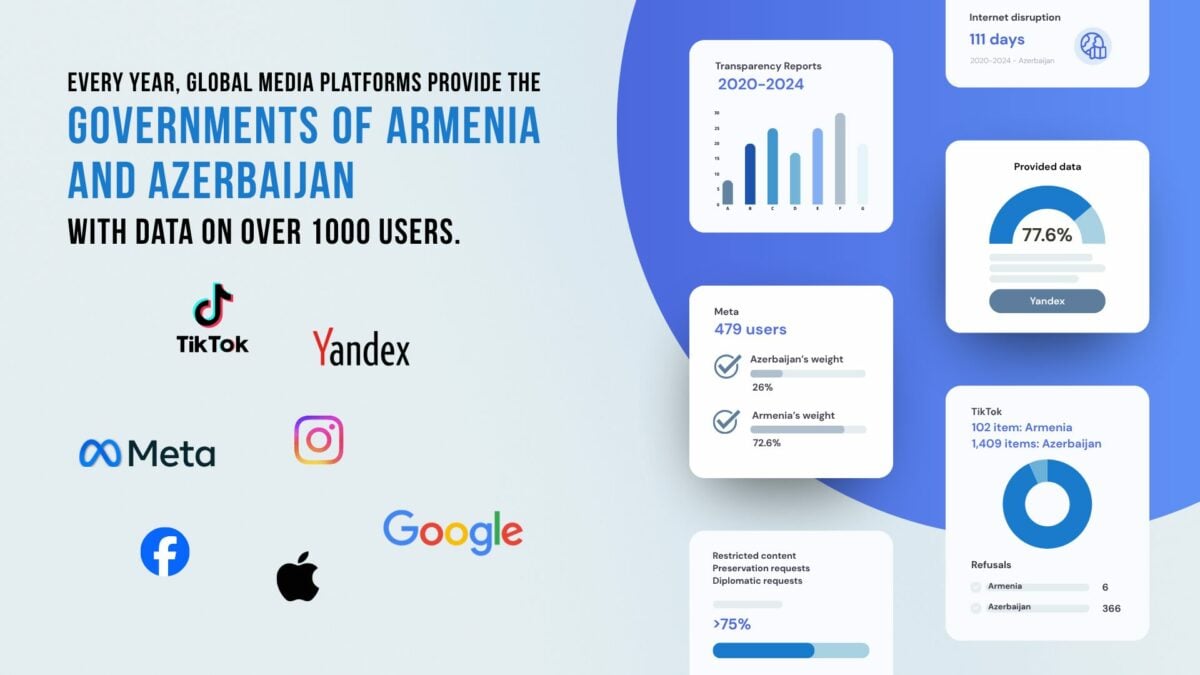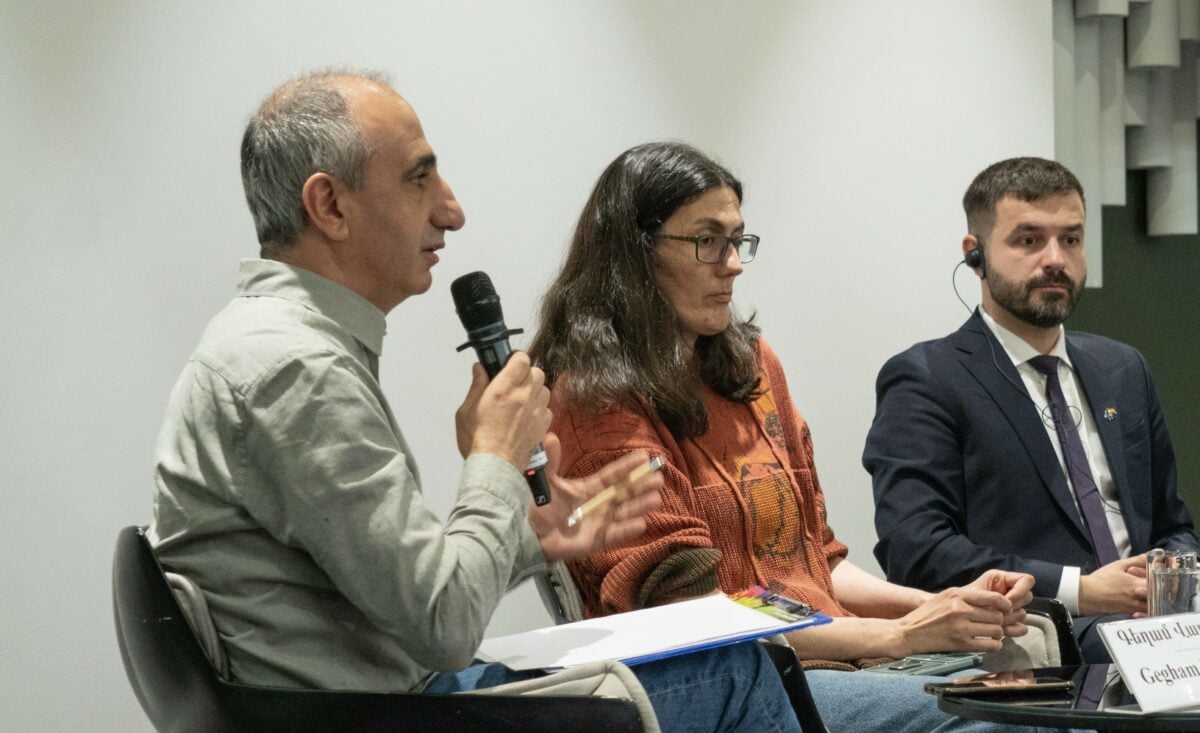Coverage of the
Coverage of the Orlando attack by prominent international media (The Guardian, BBC, Al Jazeera, CNN) can be a magnificent lesson and example for other journalists.
A US-born 29-year-old man of Afghan descent on Sunday night opened fire in Pulse gay club in Orlando, Florida, leaving 50 dead and more than 50 wounded. All of them (as well as their families) have captured the media’s attention.
They are not famous people, but ordinary citizens, and their personal space is subject to greater protection than those of famous people.
The deceased
None of the bodies of the deceased have been shown by the aforementioned media outlets. Photo and video from the scene were taken in wide-angle shots, where gatherings of police officers, the victims, and those who came to help can be seen, but never the deceased.
Reporters were respectful toward the bodies, since a deceased person can no longer defend himself, allowing or banning filming.
The wounded
There are numerous photos of the wounded in media reports: they are alone, they’re getting help, or they’re hugging another injured person or perhaps with a relative who’s arrived on the scene. Some of the photos are taken from behind, not revealing a person’s face or identity. As, for instance, this photo:

There are also photos depicting faces, but they are at least mid shots and compared to the situation, with minimal dramatizing.
Though faces distorted with pain and grief and faces of the wounded would add to a photograph’s effect and would get the drama of what happened to us more directly, photographers (or their editors) preferred to display a dramatically “weaker” but ethically more acceptable approach.
In some video reports, not only the faces, but also the bodies of those saved from the club, which might be bloody or naked, were masked with the use of technology. They were filmed from the back, so their faces don’t show.
Published were video interviews with the victims, where it’s obvious they came in front of the camera of their own will. The victims are ordinary citizens and they have the right to privacy, especially since they were targeted and can be targeted as sexual minorities.
A person’s body is his property, and he should decide whether to show it to a wide audience or not. I hardly doubt any of us would want to appear before strangers as injured, in tattered clothes, with a tearstained face.
One woman gave an interview crying, but you can see that she wanted to talk on camera; she doesn’t stop speaking because she’s crying. It’s her choice, not a reporter’s coercion.
Families
Apart from video interviews, close-ups were used almost nowhere. Media outlets spared the grieving families and their audience, by not showing sensational scenes of mourning.
Pay attention to how The Guardian presented the story of one victim’s mother. In one of the two photos is her phone with some of the messages she exchanged with her son who was in the club.
In the next photo is the mother — close-up. In the phone in her hand, we see her son’s photo — from a distance. Yes, the mother is shot close-up, but in the shot she is in equilibrium, her grief is not shown.
The gunman
As soon as the gunman’s identity was determined, media outlets revealed a number of details regarding his origins, family, and inclinations. Reputable media outlets preferred to give more information about all this than comment and particularly make assessments. The facts speak for themselves. Even the gunman’s dead body was not shown to the media audience.
Journalists
The journalists of also reputable media outlets ask inappropriate questions.
But the most inappropriate, even the most insulting question that I’ve ever heard is asking a grieving person “What are you feeling at this moment?”. I’ve heard this from Armenian journalists.
Ethics requires to not put a microphone and camera in front of a grieving person. Wait till people recover, approach and ask permission, and act only if you get their permission. Try to move softly, without unnecessary stirring, from a little bit of a distance, don’t take close-up shots or at least don’t publish them. Respect people’s sorrow, privacy, body, and finally, your audience.
Tsovinar Nazaryan
Communications and media professional
Orlando attack by prominent international media (The Guardian, BBC, Al Jazeera, CNN) can be a magnificent lesson and example for other journalists.
A US-born 29-year-old man of Afghan descent on Sunday night opened fire in Pulse gay club in Orlando, Florida, leaving 50 dead and more than 50 wounded. All of them (as well as their families) have captured the media’s attention.
They are not famous people, but ordinary citizens, and their personal space is subject to greater protection than those of famous people.
The deceased
None of the bodies of the deceased have been shown by the aforementioned media outlets. Photo and video from the scene were taken in wide-angle shots, where gatherings of police officers, the victims, and those who came to help can be seen, but never the deceased.
Reporters were respectful toward the bodies, since a deceased person can no longer defend himself, allowing or banning filming.
The wounded
There are numerous photos of the wounded in media reports: they are alone, they’re getting help, or they’re hugging another injured person or perhaps with a relative who’s arrived on the scene. Some of the photos are taken from behind, not revealing a person’s face or identity. As, for instance, this photo:

There are also photos depicting faces, but they are at least mid shots and compared to the situation, with minimal dramatizing.
Though faces distorted with pain and grief and faces of the wounded would add to a photograph’s effect and would get the drama of what happened to us more directly, photographers (or their editors) preferred to display a dramatically “weaker” but ethically more acceptable approach.
In some video reports, not only the faces, but also the bodies of those saved from the club, which might be bloody or naked, were masked with the use of technology. They were filmed from the back, so their faces don’t show.
Published were video interviews with the victims, where it’s obvious they came in front of the camera of their own will. The victims are ordinary citizens and they have the right to privacy, especially since they were targeted and can be targeted as sexual minorities.
A person’s body is his property, and he should decide whether to show it to a wide audience or not. I hardly doubt any of us would want to appear before strangers as injured, in tattered clothes, with a tearstained face.
One woman gave an interview crying, but you can see that she wanted to talk on camera; she doesn’t stop speaking because she’s crying. It’s her choice, not a reporter’s coercion.
Families
Apart from video interviews, close-ups were used almost nowhere. Media outlets spared the grieving families and their audience, by not showing sensational scenes of mourning.
Pay attention to how The Guardian presented the story of one victim’s mother. In one of the two photos is her phone with some of the messages she exchanged with her son who was in the club.
In the next photo is the mother — close-up. In the phone in her hand, we see her son’s photo — from a distance. Yes, the mother is shot close-up, but in the shot she is in equilibrium, her grief is not shown.
The gunman
As soon as the gunman’s identity was determined, media outlets revealed a number of details regarding his origins, family, and inclinations. Reputable media outlets preferred to give more information about all this than comment and particularly make assessments. The facts speak for themselves. Even the gunman’s dead body was not shown to the media audience.
Journalists
The journalists of also reputable media outlets ask inappropriate questions.
But the most inappropriate, even the most insulting question that I’ve ever heard is asking a grieving person “What are you feeling at this moment?”. I’ve heard this from Armenian journalists.
Ethics requires to not put a microphone and camera in front of a grieving person. Wait till people recover, approach and ask permission, and act only if you get their permission. Try to move softly, without unnecessary stirring, from a little bit of a distance, don’t take close-up shots or at least don’t publish them. Respect people’s sorrow, privacy, body, and finally, your audience.
Tsovinar Nazaryan
Communications and media professional






